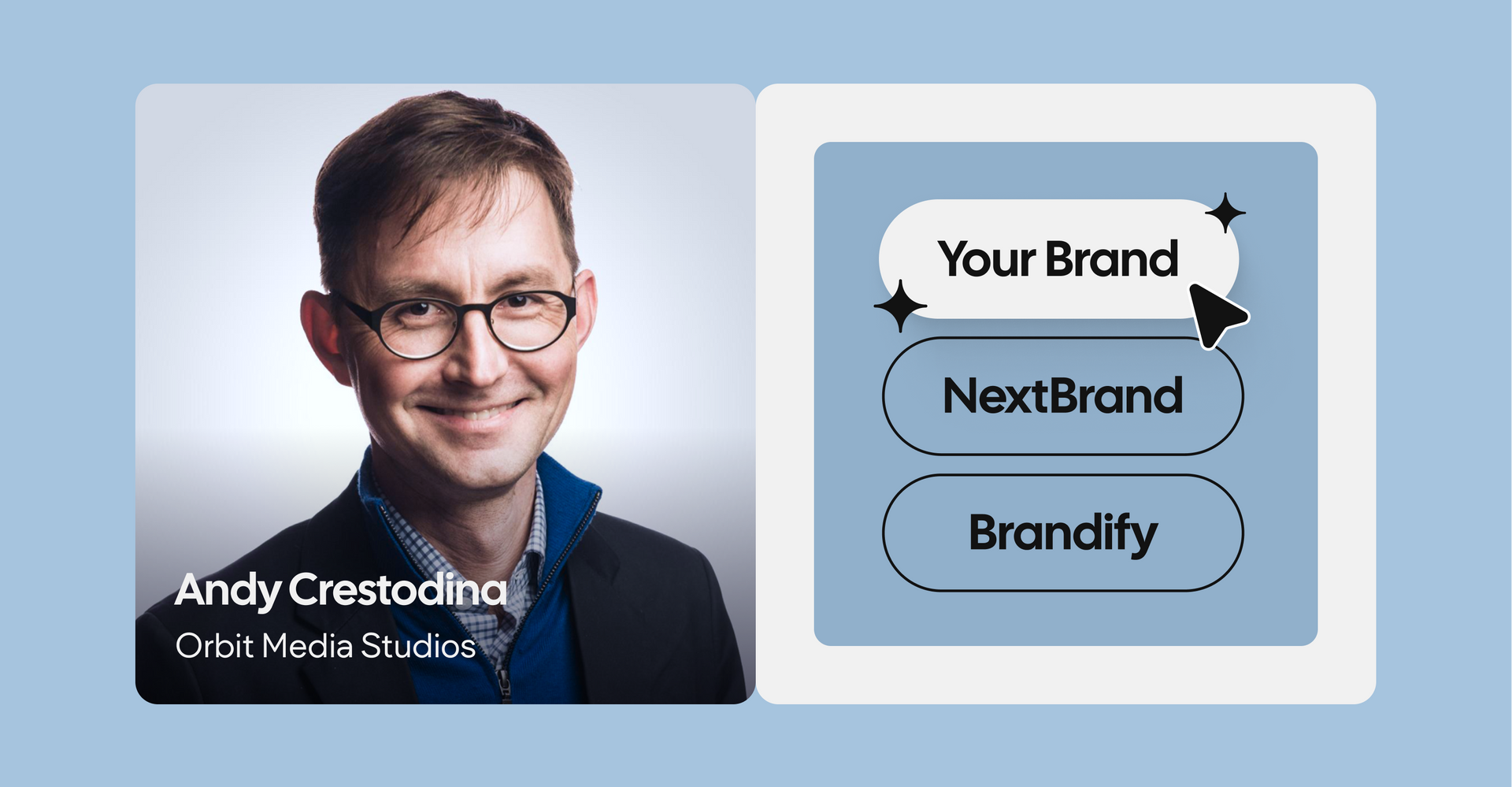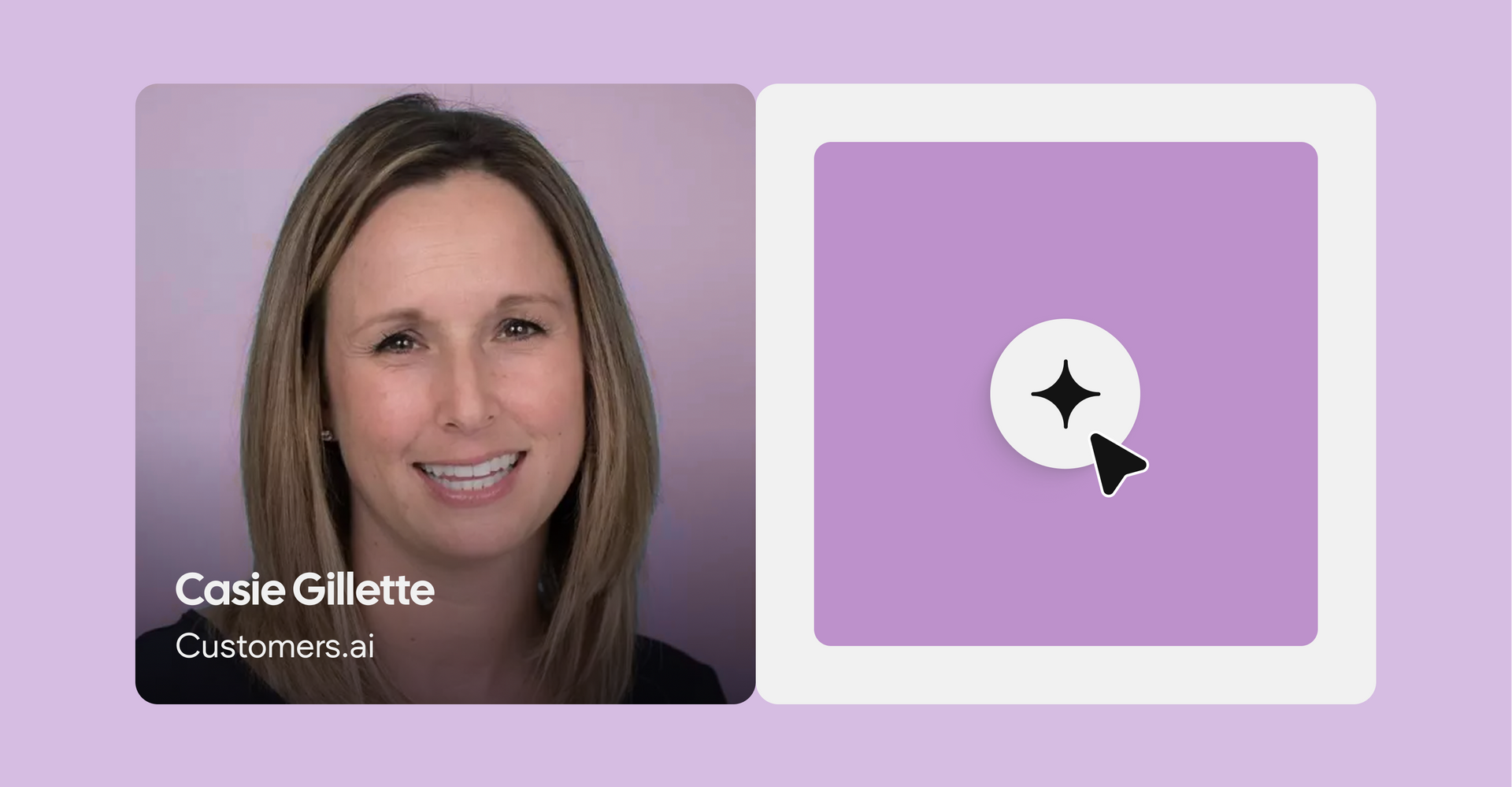This article is an adaptation of a session hosted by Cindy Krum and Dana DiTomaso during our “5 Hours of SEO and Content” mega-webinar. The complete session is available on-demand at
duda.co/webinars.
AI, as well as the evolving business model of search engines, has ushered in a new era of challenges for SEOs, one that Cindy Krum of MobileMoxie vividly describes as the "2025 SEO zombie apocalypse.” Krum paints a concerning picture where websites, despite clinging to their rankings, find themselves starved of organic traffic and meaningful conversions, resembling the undead – technically present but functionally inert. This potential "zombification" stems from Google's
increasing prioritization of direct answers, featured snippets, and AI overviews within search results, effectively keeping users on Google's properties and reducing the need to click through to individual websites.
As Google shifts its focus towards monetization through advertising and the development of advanced AI capabilities, organic search, once the lifeblood of many online businesses, lies in a precarious situation. Traditional SEO strategies focused solely on achieving high rankings for broad keywords, once a staple of many agencies’ growth strategies, might soon leave businesses in a state of digital decay.
Krum's analysis doesn't dwell solely on the doom and gloom; rather, it serves as a wake-up call and a blueprint for survival in this evolving environment. Her
seven-step plan offers actionable strategies for businesses to adapt and thrive amidst the encroaching horde of digital zombification. The first crucial step is to thoroughly understand the signs of zombification. It's no longer enough to simply track keyword rankings. The critical indicators of a website succumbing to this fate include a noticeable decline in organic traffic despite seemingly stable or even improving keyword positions, coupled with a significant drop in conversion rates and meaningful engagement. You might still see impressions and even some clicks in your analytics, but if these aren't translating into actual business outcomes, your site could be slowly turning into a digital zombie. This necessitates a shift in focus from vanity metrics like rankings to more substantive measures of user engagement and business impact.
The second survival tip emphasizes the importance of building a strong and recognizable brand. In a world where search results are dominated by direct answers and AI-generated summaries, users are less likely to browse aimlessly for information. Instead, they will gravitate towards brands they know and trust. Therefore, relying solely on ranking for generic keywords will become increasingly ill-advised. Businesses must actively cultivate brand awareness and loyalty, encouraging users to specifically search for their brand name when seeking products or services. This involves more than just having a catchy logo; it requires building a legitimate brand presence across the web, complete with comprehensive "about us" and "contact us" pages, transparent company information, and genuine customer testimonials. As Krum notes, mirroring the elements that Google associates with established entities, such as a physical address and founding date often displayed in knowledge panels, can further solidify your brand's legitimacy in the eyes of both users and search engines. A strong brand acts as an anchor in the turbulent seas of AI-driven search.
The third piece of advice is to remain vigilant and closely monitor Google's actions and communications, even the seemingly indirect ones. The search engine giant's algorithms and search features are in constant evolution, and understanding these changes is paramount to avoiding zombification. Krum advises paying attention not only to official announcements regarding core algorithm updates and new structured data guidelines but also to subtle shifts in search results pages and even developments in Google's paid advertising platform. Insights gleaned from the paid side can often foreshadow changes coming to organic search, offering valuable lead time for adaptation. Furthermore, actively engaging with the SEO community and analyzing industry trends can help decipher Google's often "obtuse" communications, while simultaneously identifying emerging threats and opportunities. Ignoring these signals is akin to ignoring the groans of the approaching zombie horde.
Her fourth survival strategy underscores the necessity to diversify traffic sources beyond Google. While organic search has long been a primary focus for many businesses, the rise of AI and the fragmentation of the digital landscape necessitate a broader approach to traffic acquisition. Users are turning to a variety of platforms for information and discovery, including social media networks like TikTok, community forums like Reddit, niche-specific search engines, and even direct engagement through email and messaging apps. Krum highlights that Google itself is experimenting with integrations with platforms like WhatsApp, suggesting that these alternative channels are becoming more important than before. By actively engaging on these platforms and building a presence where your target audience spends its time, you can mitigate the risk of relying solely on Google and tap into valuable, albeit sometimes less traditional, sources of traffic.
The fifth step in Krum's survival plan involves proactively building entity networks to "set a trap" for Google's AI. Search engines and large language models rely on understanding relationships between different entities (people, places, things, and concepts) to provide relevant and comprehensive information. By clearly defining your brand's entity and its connections to related topics, products, and services through structured data markup, internal linking strategies, and the creation of content that mirrors the format of AI overviews and featured snippets, you make it easier for Google to understand your expertise and authority within your niche. This increases the likelihood of your brand being referenced and cited as a reliable source, effectively "baiting" Google to recognize your website as a valuable repository of knowledge.
Her sixth element for survival is to eliminate all barriers to user engagement by ensuring your website's technology is sound. Friction in the user experience, such as intrusive pop-ups, required logins, or slow loading times, can deter visitors and negatively impact engagement metrics, which Krum believes Google is increasingly using to inform rankings. Optimizing for engagement involves creating clear and meaningful tables of contents, utilizing interactive elements like carousels and expanders, and ensuring your website loads quickly and is accessible across all devices. By making it easy for users to find the information they need and interact with your content, you signal to Google that your website provides a valuable and satisfying experience.
Finally, Krum offers a somewhat unconventional but pragmatic last resort: if survival within traditional SEO becomes untenable, businesses might need to "accept their fate and become a zombie" by focusing on
Google Discover. This content feed, driven by AI and user engagement rather than keyword rankings, presents a different avenue for traffic generation. While it requires a distinct skill set and often favors visually rich, high-resolution content with fresh URLs and consistent publishing cadences, Google Discover can offer a significant source of traffic for those willing to adapt to its unique demands.
Cindy Krum's session paints a compelling picture of an evolving SEO landscape where the old rules of engagement are rapidly changing. The threat of the "2025 SEO zombie apocalypse" underscores the need for businesses to move beyond traditional ranking-focused strategies and embrace a more holistic approach that prioritizes brand building, traffic diversification, entity optimization, user experience, and a deep understanding of how both humans and AI consume information. By heeding Krum's survival tips, websites can arm themselves against the encroaching tide of zombification and ensure they remain vibrant and relevant in the years to come.











